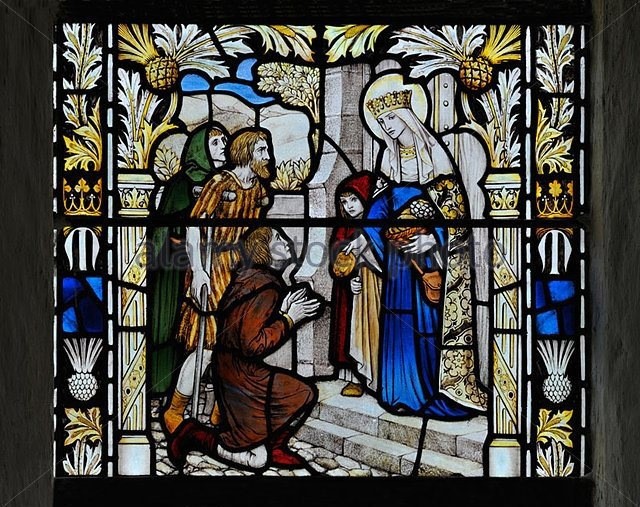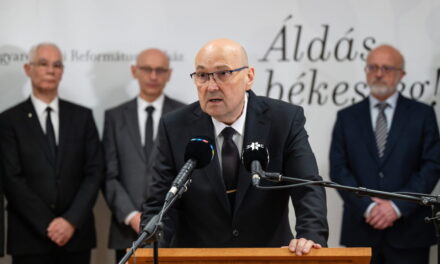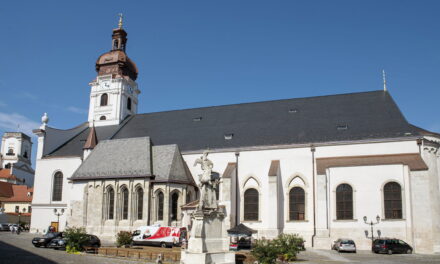On November 16, the Church remembers the Hungarian-born Queen of Scots, Saint Margaret of Scotland. III. As Malcolm's wife, she had a great influence on early medieval Scotland, mainly through her religious activities.
The oldest surviving biography of her was written by the Benedictine monk Turgot (Theoderich) of Dunfermline, Margaret's confessor.
The princess was born on June 10, 1047 in Hungary, in the castle of Réka, near Mecseknádasd in Baranya County, where her father, Edvárd, fled from Kanut, who usurped the English throne. His mother, Ágota, was the daughter (according to other sources, younger sister) of Szent István.

Memorial stone to St. Margaret of Scotland, in the place of her birth, Mecseknádasdon (Image: Wikipedia)
Around 1057, Edvárd returned to England with his wife and their children - Margit, Krisztina and Edgár. He was crowned king, but died a few years later. In 1066, his son Edgar was elected king, but he had no chance against William the Conqueror: the most important state offices were in the hands of Normans, who celebrated William as the new king; Edgar was driven away. In 1072, the widowed Ágota fled with her children to Scotland, England's ancient enemy.
Scotland was ruled by Malcolm the Bloody-Handed, who took his revenge on Macbeth's followers with terrifying cruelty after killing Macbeth's father and usurping the throne. Malcolm asked Margit to marry her, who only agreed to the marriage at the urging of her family.
Margaret III in 1069. She became King Malcolm's wife and thus Queen of Scotland. Eight children were born from their marriage. She gradually tamed her husband. "Malcolm took a wife of the noblest family, who was even nobler in wisdom and piety. Under its influence, the king abandoned his wild habits. His whole environment had changed; before that, not a single rude word was uttered," reads his biography.
The Queen was a benefactor of her people, a helper of the poor, and a patron of the Church. Ecclesiastical reforms are associated with his name: he unified the liturgy, sorted out church malpractices; had churches and monasteries built. He founded Dunfermline Abbey. The people of Scotland honored with grateful love Queen Margaret, famous for her mercy, who helped all the miserable sufferers. He paid special attention to the sick and the poor, and opened schools.
Margaret died on 16 November 1093, four days after her husband Malcolm and her elder son were killed in battle against the English. Margit began to be revered as a saint. His name was a very popular first name in Scotland for a long time. ARC. He was canonized by Pope Ince in 1261. In 1669 he was made the patron saint of Scotland. His holiday was added to the Roman calendar in 1673: it fell on June 10. In 1969, it was moved to November 16.
the full article in Magyar Kurír .












